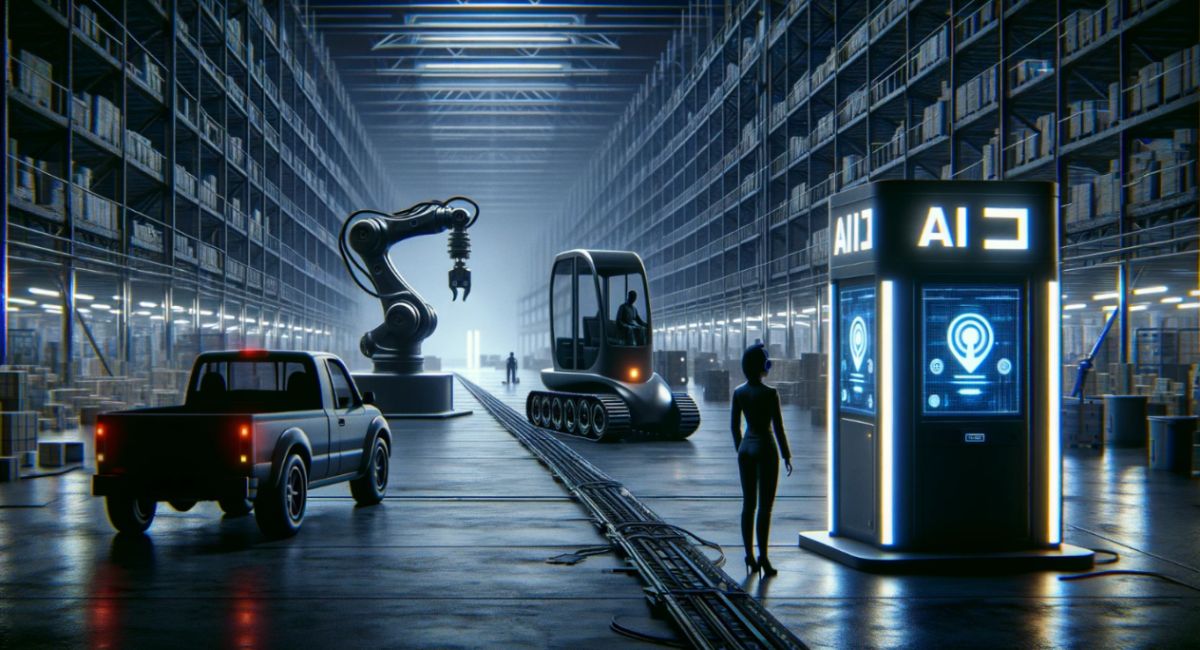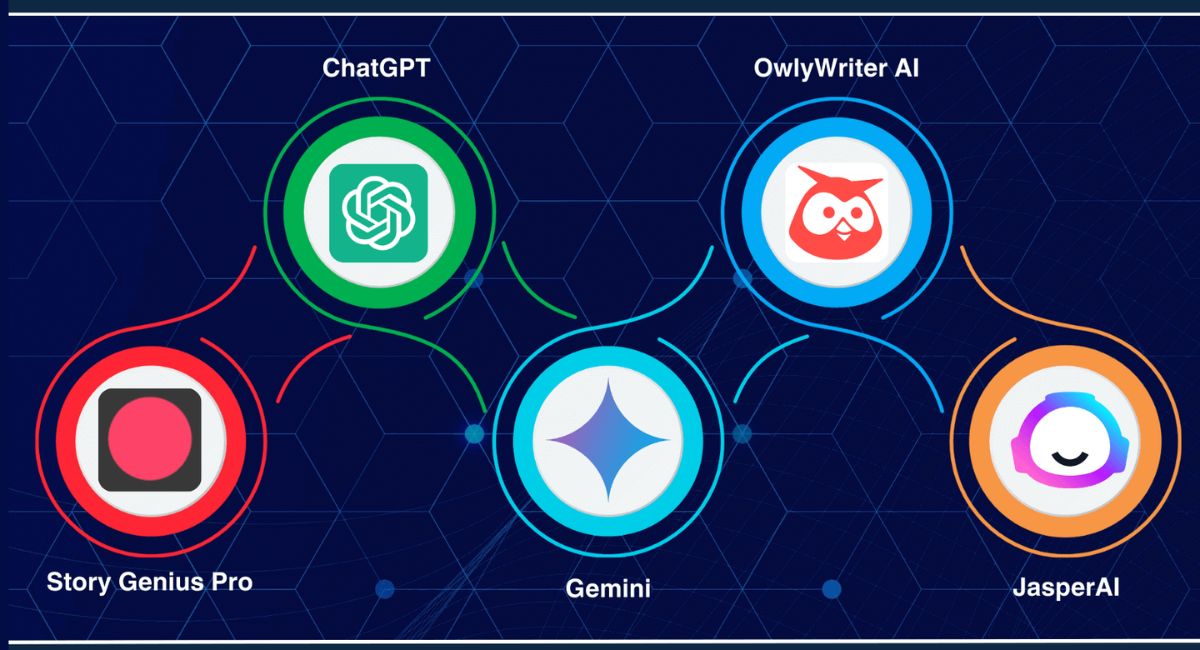Running a small business has never been simple, but 2025 brings an entirely new level of complexity. From inflation and supply chain issues to rapid digital transformation and changing customer behavior, the challenges small businesses face today are unlike any before.
Many are finding that strategies that worked just a few years ago are no longer effective in this fast-moving landscape.
Small business owners are being asked to do more with less. They’re expected to keep up with AI-driven tools, stay compliant with growing regulations, and deliver seamless customer experiences, all while managing rising costs and tight margins.
Read More: How to Choose the Best AI Software in 2025 for Your Business Needs
Why 2025 Is a Tougher Year for Small Businesses
- Economic instability is tightening margins
Rising costs for operations, staffing, and supplies are squeezing small business budgets. - Tech evolution is accelerating fast
From AI to automation, small businesses face the pressure to adopt tools they may not fully understand or afford. - Consumer expectations are higher
Today’s customers expect fast, personalized, and seamless experiences even from the smallest brands.
In 2025, survival doesn’t depend on how big you are; it depends on how quickly you can adapt. The challenges are real, but so are the solutions.
The Changing Landscape for Small Businesses in 2025
The world of small business has shifted dramatically in just a few years. What used to be considered forward-thinking is now standard practice, and those who fail to keep up risk falling behind. The environment in 2025 demands smarter decisions, faster pivots, and a deeper understanding of both customers and competition.
What’s New This Year?
- Remote work is now the norm
Many small businesses are either fully remote or operating in hybrid models. This brings flexibility but also challenges in managing teams, collaboration, and productivity. - AI tools dominate everyday operations
From content creation to customer support, AI has become a key driver of efficiency. Businesses not using automation risk wasting time and falling behind competitors who do. - Customers expect digital-first experiences
Your audience is interacting through websites, mobile apps, voice search, and social platforms. Having a physical store or basic website isn’t enough anymore; every touchpoint must be seamless and fast. - Competition is tighter than ever
Large enterprises are targeting local markets, while lean startups innovate quickly. Small businesses must now compete with both ends of the spectrum and differentiate through speed, service, or niche focus.
Read More: Top 7 AI Tools Every Entrepreneur Should Use in 2025
Top Small Business Challenges in 2025
Running a small business in 2025 comes with a unique set of obstacles. These aren’t just bumps in the road; they’re systemic shifts that require business owners to rethink how they operate, market, and grow. From rising costs to digital growing pains, the challenges are real, but so are the solutions.
Major Challenges and Their Impact
| Challenge | Description | Impact on Business |
| Rising operational costs | Increases in energy bills, rent, tools, and vendor pricing | Reduced profit margins, cash flow constraints |
| Digital transformation gaps | Many small firms struggle with tech adoption or outdated systems | Missed automation opportunities, lower efficiency |
| Customer trust issues | Modern customers expect transparency, reviews, and credibility | Harder to convert leads and retain buyers |
| Supply chain volatility | Ongoing global disruptions and delays | Product shortages, missed delivery promises |
| Marketing complexity | More platforms, tighter algorithms, and growing noise | Visibility drops without a clear content strategy |
These small business challenges aren’t insurmountable, but they do require new thinking. Owners must become more agile, more tech-aware, and more focused on what actually moves the needle.
Technology Pressures and Digital Shifts
Technology is advancing faster than many small businesses can keep up with. In 2025, it’s no longer about if you’ll adopt digital tools; it’s about how fast you can do it without overwhelming your resources. While large companies build custom AI systems, small businesses often struggle with budget, time, and knowledge gaps.
Keeping Up with AI and Automation
Many small business owners face these common issues:
- AI systems feel out of reach
Custom AI tools can be expensive and complex, leaving many small teams unsure where to begin. - Team members lack digital training
Employees may not know how to use even basic tools, creating bottlenecks in workflow and productivity. - Competitors are already using smarter systems
Businesses that automate faster gain a major edge, delivering quicker service, better marketing, and faster growth.
What You Can Do Right Now
- Start small with freemium tools
Tools like Canva AI, ChatGPT, and HubSpot Free offer powerful features at no cost to get started. - Upskill just one or two team members
Choose employees who are curious and willing to learn, and give them time to explore digital basics. - Automate routine tasks
Use simple workflows to handle tasks like- Welcome emails
- Invoice reminders
- Social media scheduling
- Lead form follow-ups
The key is to stop waiting for the “perfect tool” or “ideal time.” In 2025, even small steps toward automation will put you ahead of those still stuck in manual mode.
Read More: How to Build a Personal Brand That Attracts Startup Investors
Financial and Economic Constraints
One of the biggest small business challenges in 2025 is financial pressure from all sides. Inflation continues to push up the cost of operations, wages are rising, and getting funding is harder than ever. At the same time, customer acquisition is becoming more expensive, especially with crowded digital ad spaces and algorithm changes.
Small businesses are finding it difficult to grow when every move seems to cost more, but there are ways to regain control.
Common Financial Pressures and Smart Responses
| Financial Pressure | Effect on Small Businesses | Suggested Response |
| Inflation & rising wages | Profit margins shrink due to higher employee and supplier costs | Adjust pricing models, offer tiered services |
| Limited access to capital | Fewer loan approvals, stricter lending conditions | Try crowdfunding, microloans, or fintech-based lenders |
| High customer acquisition costs | Ads are more expensive; leads take longer to convert | Focus on SEO, referrals, and repeat customers |
Quick Wins to Manage Money Smarter
- Audit your software stack
Cancel subscriptions you rarely use; most teams overspend without realizing it. - Explore barters and partnerships
Trade services with other businesses to reduce upfront costs and build community. - Build a small emergency reserve
Aim for at least 3 months of basic expenses to reduce panic during slow periods.
In 2025, financial flexibility is more important than financial size. The small businesses that survive this phase will be the ones that stay lean, adaptable, and resourceful.
Read More: 10 Most Popular Types of Digital Marketing in 2025
Hiring, Retention, and Skills Gaps
People are the backbone of every small business, but in 2025, finding and keeping the right talent is harder than ever. With larger companies offering higher salaries, better benefits, and remote flexibility, small teams often struggle to compete. Add in burnout, digital skill gaps, and budget limits, and hiring becomes one of the most overlooked small business challenges today.
People Problems in Small Businesses
- Corporate competition makes it hard to hire
Talented candidates are drawn to bigger brands with more perks and pay. - Burnout is real in lean teams
When a few people wear too many hats, morale and productivity take a hit. - Digital skills are often missing
Many small businesses lack in-house talent for essential areas like SEO, data analytics, and automation.
Fixes That Actually Work
- Offer what money can’t always buy
Flexibility, purpose-driven work, and skill-building attract people who value more than just a paycheck. - Outsource smartly
Hire freelancers or part-time specialists for roles like- Graphic design
- Email marketing
- Analytics and reporting
- Use AI to cover gaps
Tools like ChatGPT, Canva AI, and Jasper help fill immediate needs in:- Content creation
- Customer responses
- Visual design
Talent may be harder to find in 2025, but creative hiring strategies and the right tools can keep your business moving forward even with a small team.
Marketing Challenges and Customer Expectations
In 2025, marketing isn’t just about visibility; it’s about meaning. Customers are overwhelmed with content, and they’ve grown more selective about what they engage with. For small businesses, this presents one of the most persistent challenges: creating consistent, personalized, and high-impact marketing with limited time and resources.
The rules have changed. Audiences now expect more value, relevance, and trust before they click, follow, or buy.
82% of small businesses fail due to poor cash flow management
( Source: U.S. Bank study, cited by SCORE & QuickBooks )
Common Marketing Challenges and Practical Fixes
| Marketing Problem | Cause | How to Solve It |
| Low engagement on social media | Irregular posting, lack of storytelling, or value | Use scheduling tools and content buckets (e.g., tips, testimonials, behind-the-scenes) |
| Website traffic not converting | Confusing layout, weak CTAs, or slow load speeds | Redesign for clarity, mobile-first, add CTA buttons above the fold |
| Customers demand personalization | One-size-fits-all messaging feels outdated | Use segmentation tools (email, ads) to tailor messages by audience behavior |
Marketing Tip That Still Holds True
Don’t try to be everywhere.
Focus on 1–2 platforms where your audience already is, do them consistently, and do them well. Quality beats quantity every time.
Marketing in 2025 is less about broadcasting and more about connecting. With clear systems and a focused approach, even small businesses can cut through the noise.
Read More: Natural Remedies for Insomnia That Actually Work
Compliance, Data Privacy, and Regulation
In 2025, data privacy isn’t just a concern for big tech companies; it’s a frontline issue for small businesses too. With stricter regulations and more informed customers, businesses of all sizes are being held accountable for how they collect, use, and store personal data.
Failing to comply can result in lost trust, legal trouble, or both. It’s one of the most urgent small business challenges in today’s digital-first economy.
New Rules, New Risks
- Global and regional regulations are tightening
Laws like GDPR, CCPA, and India’s DPDP Act are being more actively enforced even for small businesses. - AI-generated content is under the microscope
Using AI tools without proper attribution or quality control could lead to copyright or misinformation issues. - Customers want to know how their data is used
Transparency is now a trust signal. If you collect emails, payment info, or location data, be upfront about it.
Solutions to Stay Compliant and Trusted
- Update your privacy policy regularly
Even small teams should revisit their policy every 6–12 months and clearly link it on key pages. - Use privacy-compliant tools
Choose software that is transparent about how it handles data, especially CRM, email marketing, and analytics platforms. - Explain data use clearly
On forms, checkout pages, and email opt-ins, state why you’re collecting information and how it benefits the user.
Privacy isn’t just a legal box to check; it’s a foundation for customer loyalty. In 2025, the small businesses that lead with clarity and responsibility will stand out from those that don’t.
Solutions and Smart Strategies for 2025
While the challenges facing small businesses in 2025 are very real, the solutions don’t always require big budgets or large teams. Success lies in making strategic choices streamlining what works, letting go of what doesn’t, and building systems that scale without burning out your team.
These smart, accessible strategies are helping small businesses not only survive but grow.
1. Automate Wherever Possible
- Use tools for recurring tasks like
- Invoicing
- Appointment reminders
- Email follow-ups
- Platforms like Zoho, HubSpot, or Mailchimp offer easy automation that saves time and reduces errors.
2. Focus on Retention Over Acquisition
- It costs less to keep a customer than to find a new one
- Simple tactics with strong ROI:
- Email nurture sequences
- Loyalty rewards
- Personalized post-sale check-ins
3. Simplify and Niche Down
- You don’t need to serve everyone
- Specializing builds authority and makes marketing easier
- Choose a specific audience or problem
- Tailor your offers and messaging accordingly
4. Build a Flexible Workforce
- Full-time hires aren’t always necessary
- Combine: Skilled freelancers, Part-time roles and Internal upskilling with AI tools
- Tools like Upwork, Fiverr, or LinkedIn Services make sourcing talent simple
5. Leverage Low-Cost Marketing
- Maximize your visibility without paid ads:
- Invest in basic SEO (keyword-rich content, backlinks, site speed)
- Encourage user-generated content: testimonials, reviews, photos
- Join niche online communities and answer real questions
In 2025, winning isn’t about doing everything; it’s about doing the right things consistently. These practical strategies help reduce overwhelm, save resources, and position your business for long-term growth.
Conclusion
The road ahead for small businesses in 2025 is complex, but not impossible. From rising costs to tech transitions, the landscape demands adaptability, focus, and smart execution. The good news? You don’t need a massive budget or team to succeed.
By understanding the most pressing small business challenges, choosing the right tools, and staying committed to clear, customer-focused strategies, you can navigate uncertainty with confidence.
Small doesn’t mean weak. In 2025, small means agile.
FAQs
- What are the biggest small business challenges in 2025?
The top challenges include inflation, digital skill gaps, tech adoption, compliance issues, and high marketing competition. - How can small businesses manage rising costs?
Start by auditing expenses, automating repetitive tasks, and focusing on ROI-driven channels like SEO and referrals. - Is AI adoption necessary for small businesses?
Yes. Even free tools like ChatGPT, Canva AI, and HubSpot can improve workflows and help small teams scale smartly. - How can I market my small business on a budget?
Focus on low-cost tactics like content marketing, email newsletters, local SEO, and customer reviews. - What’s the best way to build trust with customers in 2025?
Be transparent with data, deliver on promises, showcase testimonials, and stay consistent with communication. - How can I retain employees without high salaries?
Offer flexibility, meaningful work, upskilling opportunities, and a positive work culture. - What should I automate first in my small business?
Start with invoicing, email responses, appointment scheduling, and lead follow-up sequences. - How do I stay compliant with privacy laws?
Use GDPR- and DPDP-compliant tools, update privacy policies, and clearly explain how you collect and use data. - Is niching down a good strategy for growth?
Yes. Serving a focused audience builds authority, simplifies marketing, and improves conversion rates. - Can small businesses really compete with larger brands in 2025?
Absolutely. With agility, personalized service, and smart tech use, small businesses can offer experiences that big brands can’t.















